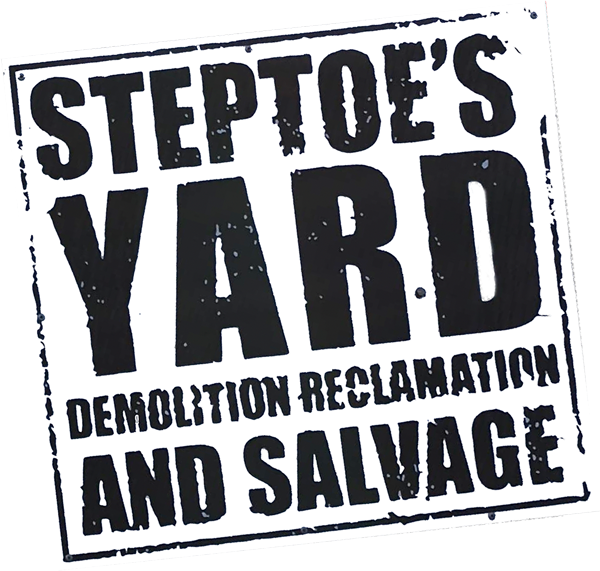Choose a gorgeous, energy efficient orangery as your extension.
 Building an extension of any type on your home is a fantastic way to add space as well as value to your property, but there are a number of types of extension you could build.
Building an extension of any type on your home is a fantastic way to add space as well as value to your property, but there are a number of types of extension you could build.
Deciding on an extension can be very daunting, from simply choosing where to put the extension to selecting the materials to build it in, the style to go with, the design, how it is to be laid out and how to eventually use the space you are creating.
There are lots of things you should consider, you should think about how the extension will get it’s light and how the extension will blend in with the properties structure.
The material to be used is the first and most important decision to make, as you will have an idea of how you want it to look and the majority of people adding extensions to their homes are driven by price so shopping around is a good idea.
As a rule of thumb, a conservatory with a brick built base and UPVC is usually the cheapest way to extend your property, but UPVC does not provide the same visual benefits as genuine hardwoods like oak, timber and softwoods like pine, coupled with traditional stone.
Hardwood can be very competitive price wise but people don’t often realise this, and given appearance and maintenance costs hardwood can offer more value for money.
By using Hardwoods you are able to create a premium feel and look to a building, and this is often the main reason why wooden extensions such as conservatories and orangeries are becoming increasingly popular, along with the considerable value it can add to a property over UPVC.
Hardwood used to be a high maintenance product and always seemed a bad choice compared to plastic versions, but nowadays the modern hardwood structures are coated and treated so that lifespans can easily compete with UPVC.
So why would you choose an orangery as your extension?.
Orangeries often allow more light in while providing stunning architectural features, compared to conservatories.
Originally an orangery was a structure used to grow fruit in but over time they have become a fashionable addition to any property.
Back in the 17th century timber orangeries were very popular and often housed fruits or an array of plants as originally an Orangery was a structure used just for this purpose.
A Steptoes Yard Orangery is designed and crafted to provide a fully functional room that can be used all year round, manufactured to suit any requirement, we can achieve a contemporary or a traditional look.
We are an energy efficient company and we see it as very important to consider energy use on any external structure to be added to a property. It is extremely important to make sure that your property retains as much heat as possible for obvious reasons.
An orangery provides useful living or working space, but a badly designed one can be a real drain on the energy resources of a home.
The following are a number of things that can be done to make your orangery as comfortable and efficient as possible:
1. Fit A-rated windows.
2. Underfloor insulation and heating.
3. Use Rockwool cavity wall insulation.
4. Energy efficient glass roofs such as Pilkington Activ blue self cleaning glass roof.
5. Ventilation within the roof.
6. Choice of various high quality remote control fans
7. Slimline wall heaters
At Steptoes Yard we simply provide the stone for your orangery, we can work closely with your architect to get the design correct and advise on planning where the architect needs our help.
The Steptoes Yard process:
Once you have decided you want to add an orangery to your property.
1. Contact our team and arrange to send us a general size and sketch idea as to where the orangery is to be added to your property.
2. We will then put some ideas together and discuss with you the general style and design of your orangery as well as the number of windows and doors, and the position of them.
3. We will then provide a rough sketch idea of the type of style and design that we could produce along with a price.
4. If you like our ideas and design you inform your architect who will then draw up a full and detailed drawing for submission to your local Planning Dept.
5. We will then check and ‘fine-tune’ our quotation in light of the architects drawing.
6. Once everything is OK and order is placed and the stone is produced (Usually 4-6 weeks production time depending upon size; style and how busy we are)









